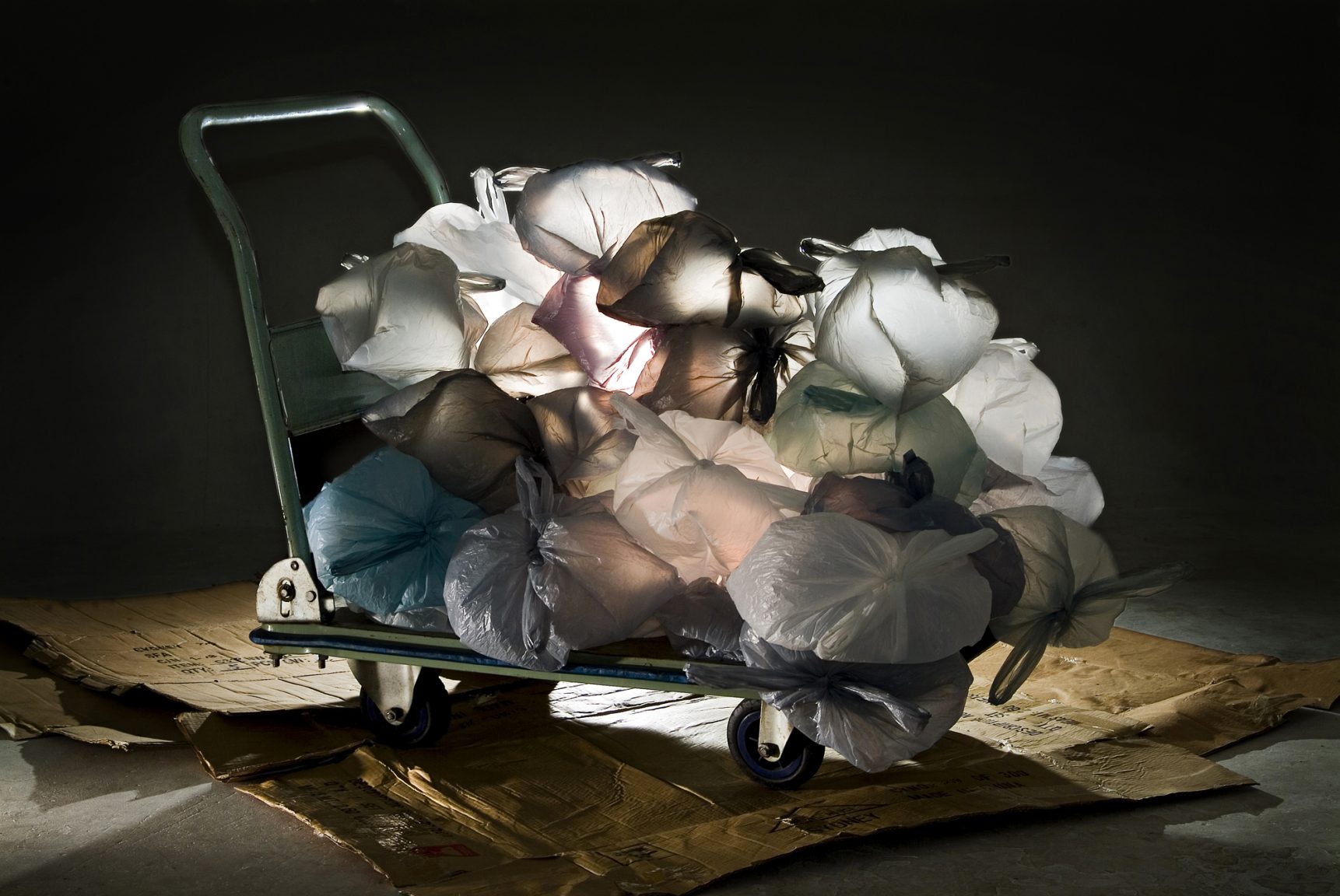This August Carriageworks will present Katthy Cavaliere: Loved, a retrospective survey of the Sydney artist’s practice (1972–2012), where objects acquire an aura of love and trauma and tell the story of a life. Curated by Daniel Mudie Cunningham, the exhibition first premiered at The Museum of Old and New Art (MONA) in 2015-16.
Cavaliere was born in Sarteano, Italy and migrated to Australia with her family when she was four years old. She completed a Bachelor of Fine Arts and Master of Art at UNSW Art & Design and was a recipient of the Helen Lempriere Travelling Art Scholarship in 2000. Her video performance work, Loved, was included in the Venice Biennale in 2011.
Katthy Cavaliere: Loved provides an insight into a life presented to the public through; objects, videos, photographs, mixed media installations and more. Together Cavaliere’s works comprise a portrait of the artist through more than 15 major pieces from early to late career spanning the period 1998–2011.
Presented free to the public, this project features two significant works; Empty Stockings: Full of Love (2010), a performance installation comprised of her mother’s stockings, piles of clothes, and other mementos with a recorded song from her family archive and Afterlife (2011), a photograph of a large hourglass containing the ashes of the her mother, with the artist’s shadow looming above it.
Carriageworks Director, Lisa Havilah, said: “Carriageworks is excited to partner with MONA to bring Katthy Cavaliere’s work to Sydney audiences. The exhibition represents the first time a comprehensive collection of Cavaliere’s work has been shown together, providing insight into the development of the artist’s practice.”
Daniel Mudie Cunningham, Curator, said “Katthy Cavaliere had a lifelong project of packing, storing and transporting the stuff of everyday life – the wreckage of her personal possessions, ‘the dead among us’ – and transforming it into art. Her belongings held a symbolic significance; she used them to banish the past, but in doing so, was never able to let go of anything. Kathy’s private life was made public through art practice fashioned from everyday utilitarian belongings like chairs, clothes, toys, bags and boxes – the kind of things a voodoo witch might imbue with charm.”
“The story of Katthy’s work is the story of the eye. Fixated on life as it seen through a peephole or lens, Katthy presented the world – her world – as an inverted looking glass, reflecting back a life lived inside out, back to front and upside down,” continues Daniel.
